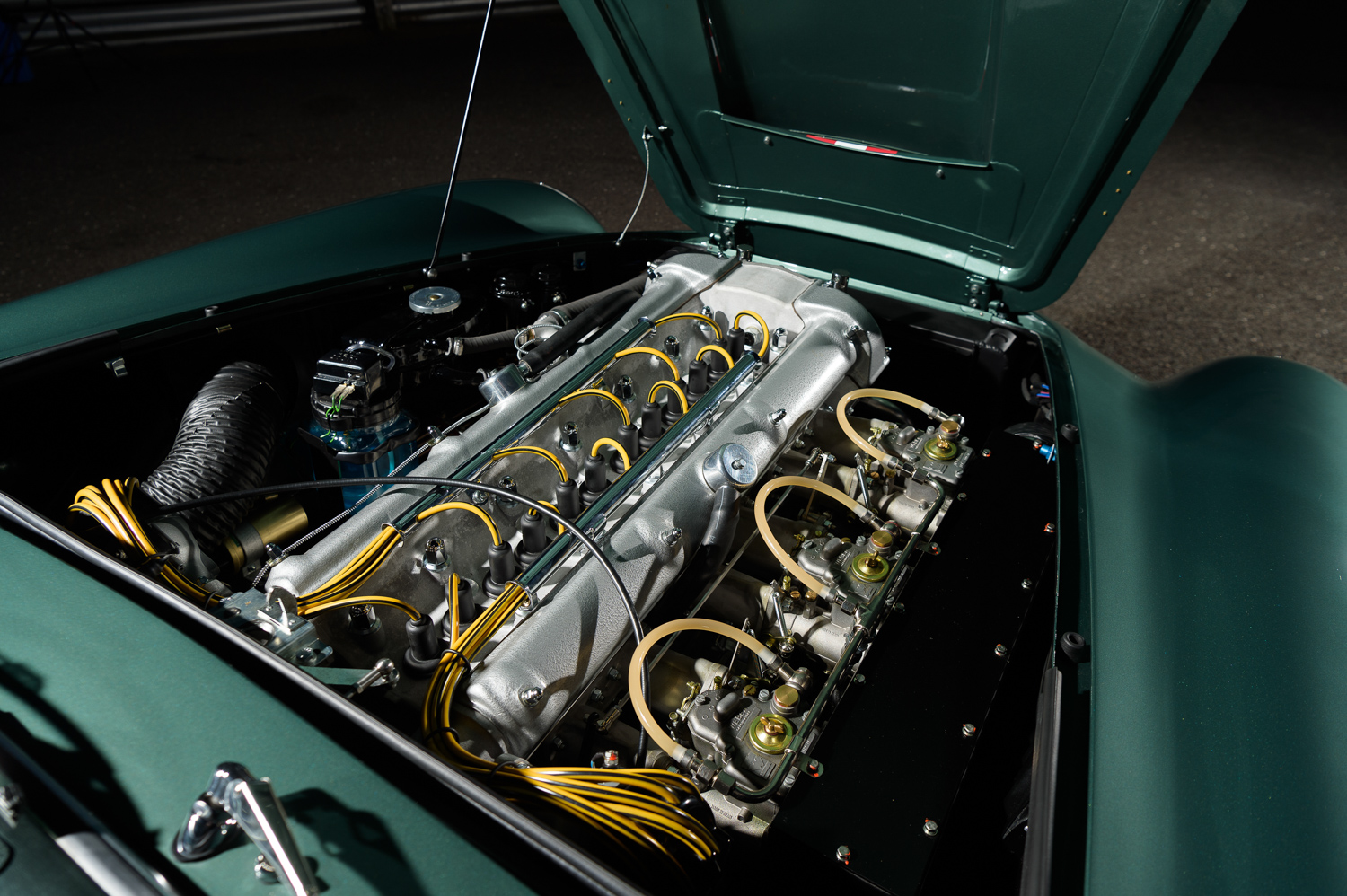OVERKILL
$100 Site Donor 2021
That is why he was using plutonium before he got the Mr. Fusion. Not to pile on this fictional thing but Doc had the Plutonium reactor and then the Mr. Fusion for the time machine part but never thought to use a little bit of that power to move the car instead of using the crappy power train of the delorian? I do realize the that was a moot point at the mr fusion point as it could fly.
Yes, you can't look at those movies with any sort respect for science, it's wholly just entertainment, and entertaining it was! There wasn't even any way to derive electricity from the plutonium-based fission reactor, lol. But they piped straight lightning into it and it worked just the same

